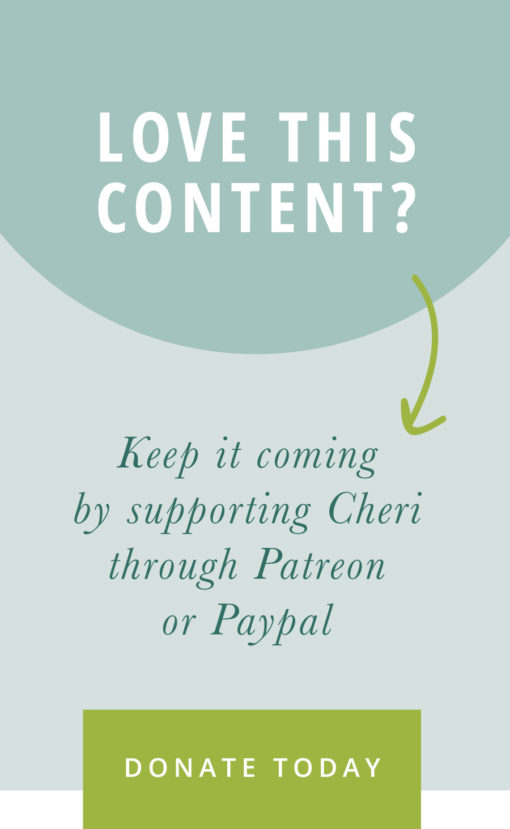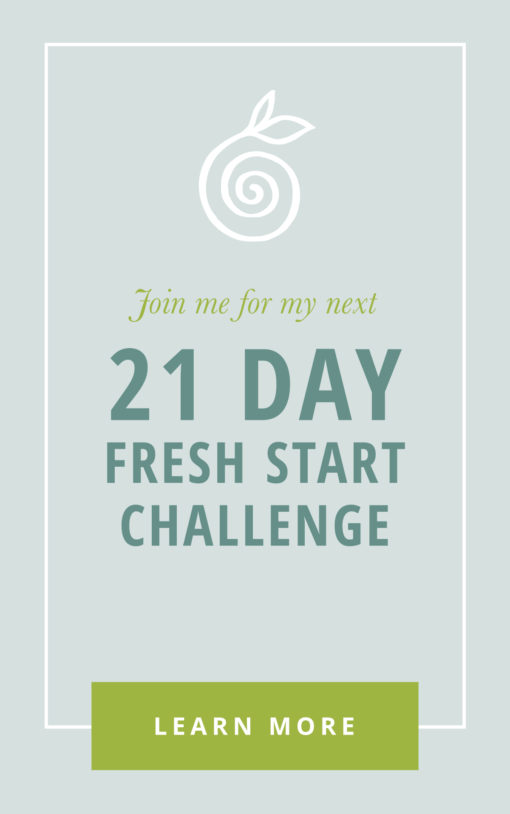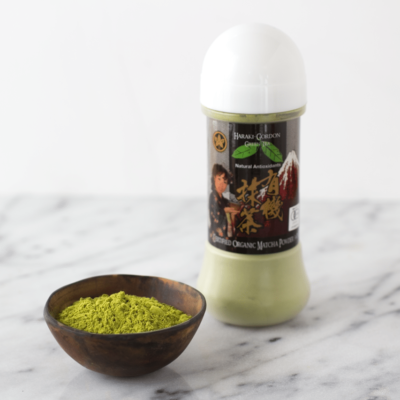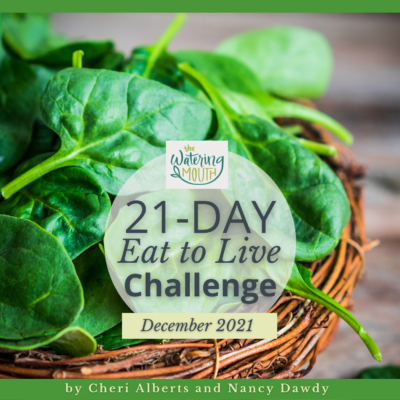 If you’re anything like me, you’ve probably got piles and piles of recipes littering your house in every crevice of every room. So many piles that you sometimes feel like you’re the subject of an episode of Hoarders. Okay, maybe it’s not that bad, but in either case, you have the best intentions of finally making every single one of those recipes, if only they were in some easily-findable array. Hopefully with these ideas, you can finally get this done for yourself, so that when you are done, you and me can magically become such close friends that I can guilt you into doing it for me….
If you’re anything like me, you’ve probably got piles and piles of recipes littering your house in every crevice of every room. So many piles that you sometimes feel like you’re the subject of an episode of Hoarders. Okay, maybe it’s not that bad, but in either case, you have the best intentions of finally making every single one of those recipes, if only they were in some easily-findable array. Hopefully with these ideas, you can finally get this done for yourself, so that when you are done, you and me can magically become such close friends that I can guilt you into doing it for me….
Let’s see if any of these ideas gets you some action, err, inspire some action, rather.
7 Easy Ways to Organize Your Recipes
- One way I organize my recipes is sadly, by not organizing them at all. What I do is take a half-remembered idea from a recipe I knew I read somewhere before and then I go Google it on my iPad and bring that with me into the kitchen to make it. My iPad functions now almost solely as a Kitchen Recipe Displayer. Thank heavens I didn’t have to pay for that thing myself or I’d be pretty pissed at me.
- If you’re tech savvy, and I am but I just can’t be bothered…you can scan all of your recipes, give them proper organizational naming conventions like “Main Course Hamburger” or “Drinks Margarita” and then once you’ve done that, they will all appear together in order so you can easily scan through the names to get to the right one. Then you can store these electronically somewhere and pull them up on a device like a Kindle Fire or an iPad.
- You can use the idea from number two and take that one more tech-savvy step further and store this whole recipe folder in a place like Dropbox. Dropbox.com is a website that lets you store anything you want in what is called “the cloud”. Sounds nice, doesn’t it? “The Cloud” is a whimsical way of saying “someone else’s server” but the benefit of (securely and privately) storing things elsewhere is that you can access it from anywhere as long as you have an internet connection. So, say you were at your mother-in-laws house for Thanksgiving, and your forgetful Aunt Linda forgot to bring her famous 10-Minute Marmalade Marshmallow Surprise. She could access her recipe collection right over any computer or iPhone even, and whip up her famous delicacy in no time. That is, as long as your mother-in-law keeps an emergency supply of marmalade and marshmallows at her house.
- There are some other great ways of using technology to your advantage in this case, like using a cookbook software program like The Living Cookbook, which lets you organize and customize your recipe collection electronically. Then, consider donating your now-electronic cookbooks to someone else who can neglect them just as well-intentioned and lovingly as you did. Here is a website of other great recipe organizer software reviews.
- You can do it the old-fashioned way and hand-write your recipe cards, finally. But considering that you have about 90,000 recipes laying around that need to be cataloged and it would take roughly 8.4 minutes per recipe, you’re looking at 525 days of continuous work. Which is hypothetically totally possible.
- You could sort through them and arrange them in page protected binder sheets and store the binders on a bookcase. In page protectors, the static electricity will easily keep them in place. Each binder could have a specific topic, like this is my “Desserts Only” binder or this is my binder for “Traditional Eastern Alaskan Inuit Fish Gumbo” recipes. And then you could label the spine that way so as to find them easily, for whenever you have a Fish Gumbo emergency. Or you could tape the recipes to a sheet of paper before you place them in your page-protector binder sheets. That way you can write notes about them before filing them back in their respective binders. Or use Post-it notes! This website called Zazzle has a great assortment of Recipe Binders.
- Other great low-tech ideas for recipe storage are: accordion file folders or even a whole filing cabinet reserved specifically for recipes, with hanging file folders labeled with category names like Appetizers, Desserts, and Alaskan Fish Gumbos.
Alright, that’s enough nonsense. Hopefully you can find at least one method here that suits your organizational style and time constraints. Consider seriously the method of sorting through all the stuff you’ve collected while actually throwing out the ones that you are only halfway-excited about. Chances are you will choose a more appealing recipe over that one when given the choice, and the trash can makes a really great permanent filing cabinet.








